- Joined
- Jun 30, 2012
- Messages
- 1,418
- Points
- 433

 |
As a way to introduce our brass coins to the community, we will raffle off a free coin during the month of August. Follow link ABOVE for instructions for entering. |
 |
 |
The beloved Ships in Scale Magazine is back and charting a new course for 2026! Discover new skills, new techniques, and new inspirations in every issue. NOTE THAT OUR FIRST ISSUE WILL BE JAN/FEB 2026 |
 |


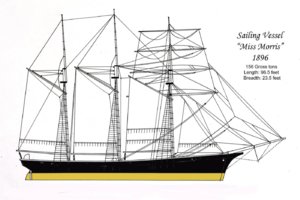

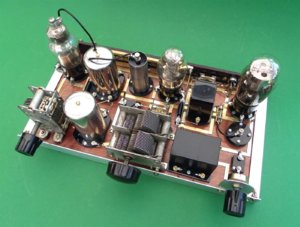

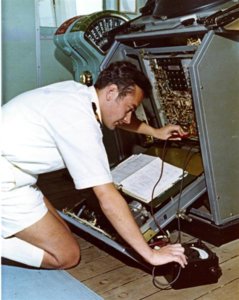
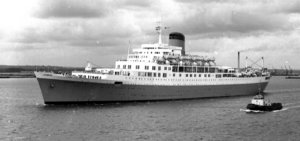


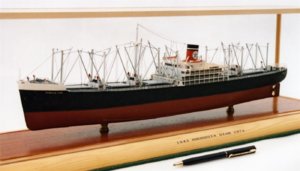
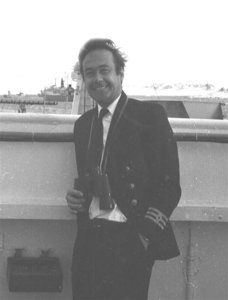

Do I spy an AVO 8 Robert?I remember those valves/tubes. I only briefly had a radio amateur license. When I was sailing in the small passenger liner RMS St. Helena, I was able to purchase one on the island for £5. My call sign was ZD7RW, but of course it wasn't valid in the UK, and I wasn't going to take an exam in the UK, feeling that my professional 1st Class PMG should have been good enough! It was the PMG that issued the amateur license as well, that made it all the more ridiculous! I used a small home-made Tx on 14,060 Mhz, CW only, and once got QSL at 6,000 miles, South Atlantic Ocean to Panama! This was the sort of ship I sailed in when younger, RMS Windsor Castle, 36,000 tons. 250 first class passengers and 600 tourist. Sailed in her for 5 years as 4th radio officer, then 3rd, and finally 2nd. Other image shows me repairing the main radar when I was 2nd in 1972!
View attachment 120107 View attachment 120106


